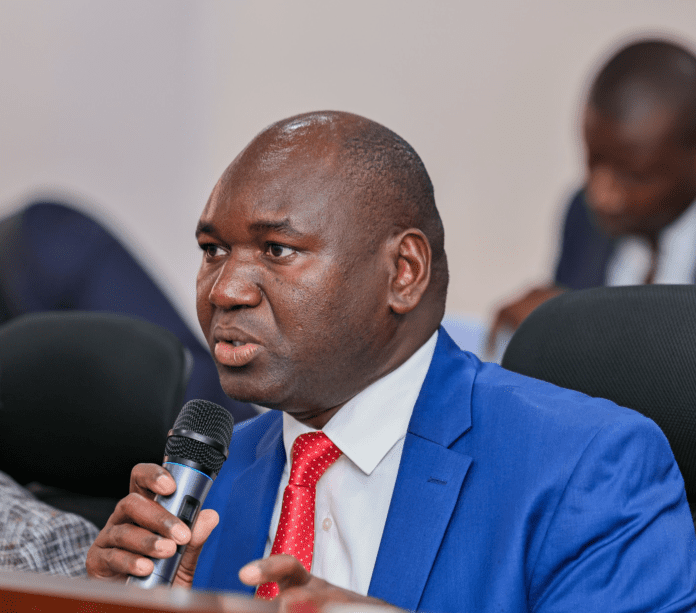The Ministry of Education has announced plans to replace the problematic National Education Management Information System (NEMIS) with a new digital platform aimed at improving accuracy, transparency, and funding efficiency across Kenya’s education sector.
Speaking during the launch of the State of Education in Kenya report by Usawa Agenda and Zizi Afrique Foundation, Basic Education Principal Secretary Julius Bitok revealed that the new system, known as the Kenya Education Management Information System (KEMIS), is already being rolled out.
“NEMIS is shrouded with inaccuracies that affect an array of activities, including resource allocation,” Bitok said. “We are therefore investing in reliable data under KEMIS to ensure accurate system responsiveness that will allow real-time decision-making and funds disbursement.”
The Ministry has started upgrading the platform by conducting a fresh enrolment of all learners to ensure up-to-date and verifiable data on student populations per school.
Bitok said KEMIS will offer full integration across all education levels, from primary schools to universities. It will also be linked with agencies such as the Kenya National Examinations Council (KNEC), Higher Education Loans Board (HELB), and Teachers Service Commission (TSC).
The new system is expected to close long-standing gaps in school capitation funding, especially cases where outdated or inflated enrolment data have led to inefficiencies and delays in fund disbursement.
According to the Ministry, KEMIS will support evidence-based policy decisions, improve transparency, and enhance accountability across the education sector.
The announcement comes as Over Sh16.68 million meant for learners’ capitation was disbursed to 14 non-existent schools, the Auditor General has revealed in a special audit that also exposed a Sh117 billion funding shortfall in public schools over four financial years.
Appearing before the National Assembly Public Accounts Committee (PAC) on Tuesday, the Director in charge of Audit at the Office of the Auditor General, Justus Okumu, said the county directors of education in the affected areas claimed they were not aware of the existence of the schools.
Okumu told the legislators that a fact-finding mission by the Auditor General’s office had confirmed there was no physical infrastructure at the purported schools. He said the only evidence of their existence was bank accounts through which the institutions continued to receive capitation.
“We went to the ground, including in urban centres, and they could not show us the schools. But we have accounts, and they receive the capitation. On the ground, they are not there. They were given money,” Okumu said.
The audit further uncovered that six schools, which had already ceased operations, received a combined total of Sh889,348 during the years under review.
In his presentation, Okumu noted that the current capitation model used for public primary schools, junior secondary and institutions for learners with special needs is not equitable. He highlighted a significant underfunding problem, which he quantified at Sh117 billion.
According to the special audit report, secondary schools have been the most affected by the funding gap, missing out on Sh71 billion in capitation. Junior secondary schools followed with a shortfall of Sh31 billion, while primary schools were underfunded by Sh14 billion.
“The current school capitation model is not equitable,” Okumu told MPs, warning that the sector faces critical financial constraints due to the persistent shortfalls.
The report also revealed instances where schools had withdrawn cash or transferred funds from tuition accounts, violating guidelines issued by the State Department for Basic Education.
At the same time, the Auditor General questioned the integrity of the National Education Management Information System (NEMIS), saying discrepancies in the system indicate weaknesses in data capture and validation controls.







